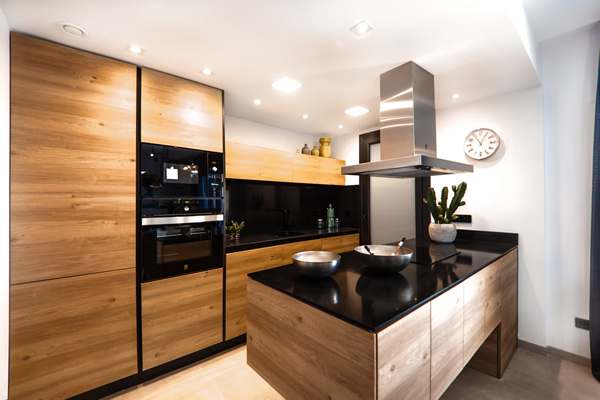What Are the Benefits of Home Lighting Automation?
The primary point of appeal with smart lighting is its convenience. Swapping conventional light switches for smart wireless controllers is something that carries undeniable novelty value.
But once you make the switch to a smart home lighting control system, you realise just how advantageous it can be. Smart lighting is about far more than the convenience of being able to interact with your home’s lighting system from a central control panel.
From comfort to safety to practicality to peace of mind, smart home lighting can be advantageous in many ways. It can also be a surprisingly affordable home improvement, particularly when using wireless controllers like Evvr’s No Neutral Wire Required In-Wall Relay Switch.
Whether you convert your entire home to smart lighting or simply swap out a few switches, you stand to gain access to the following benefits:
- Energy Savings. Smart lighting technology is, by its nature, engineered to consume as little energy as possible. Lighting automation and precise control over lighting intensity can further contribute to lower energy consumption. All of which can and will add up to more money in your pocket by putting a welcome dent in your monthly energy bills.
- Home Safety. Partial lighting automation combined with the installation of motion sensors can make for a much safer environment during hours of darkness at home. With a smart lighting control system, you can activate a subtle lighting ‘theme’ for moving around at night, or position sensors to automatically activate nightlights upon detecting movement.
- Home Security. Lighting automation can also make a significant contribution to home security. Interior and exterior motion detectors can be linked with security lights, alarm systems and even smart CCTV cameras. Timers can also be set to activate and deactivate lights automatically when the occupants are absent; giving the impression someone is home.
- Comfort. Most smart lighting systems enable the user to create a series of pre-set ‘themes’, which can then be activated at the touch of a button. Examples of which include themes for watching TV and movies, themes for reading books, themes for dining and so on. Some smart controllers can even be linked with home entertainment systems, thermostats and even a room’s curtains or blinds.
- Scalability. The very best smart home automation systems are those that are flexible and scalable in nature. This means having the opportunity to expand and upgrade the system at any time, bringing new devices and controllers into the home and integrating them with ease. Be sure to check if and to what extent a device, controller or system is scalable, before installing it at home.
- Peace of Mind. Many smart home controllers and automation systems can be accessed, monitored and controlled remotely. From any location and at any time, a smartphone or similar device with a corresponding app can be used to interact with the system at home. From turning off lights remotely to activating lights for security reasons to watching real-time feeds from your security cameras, smart home automation can bring priceless peace of mind.

